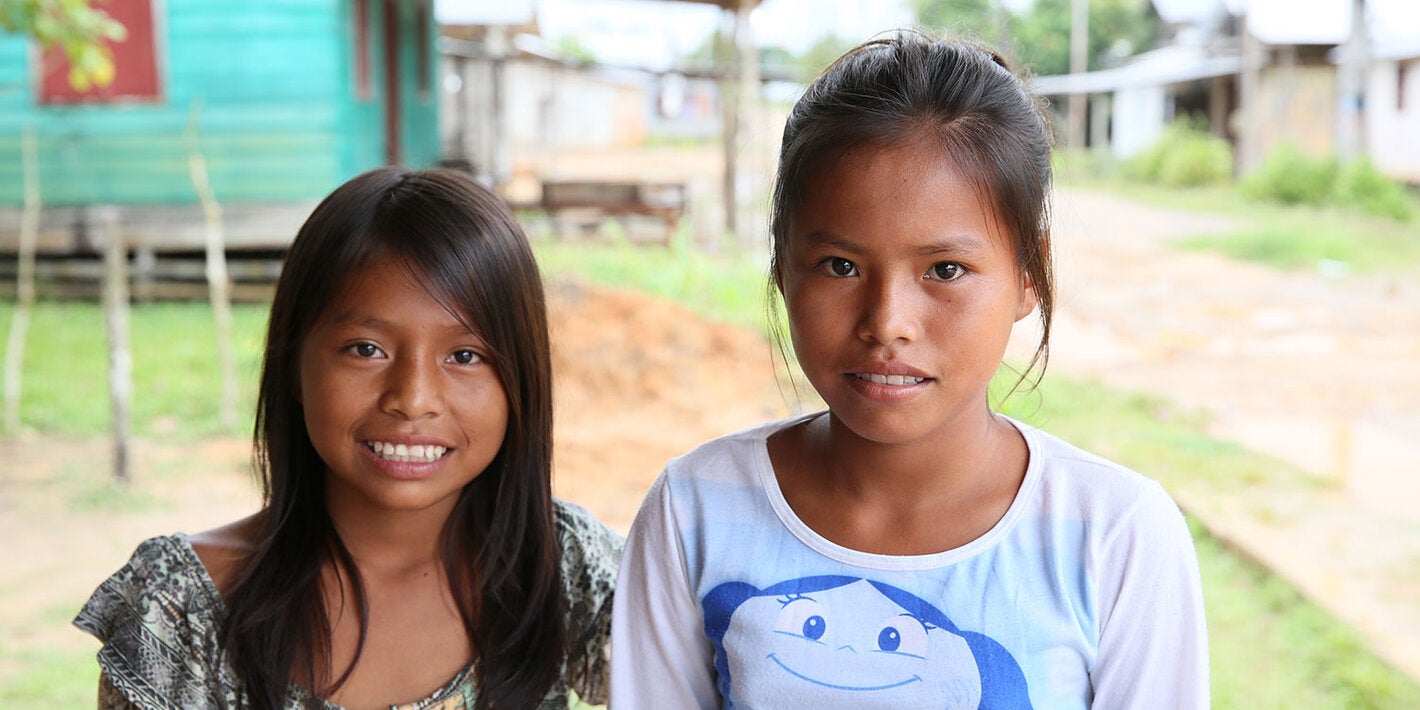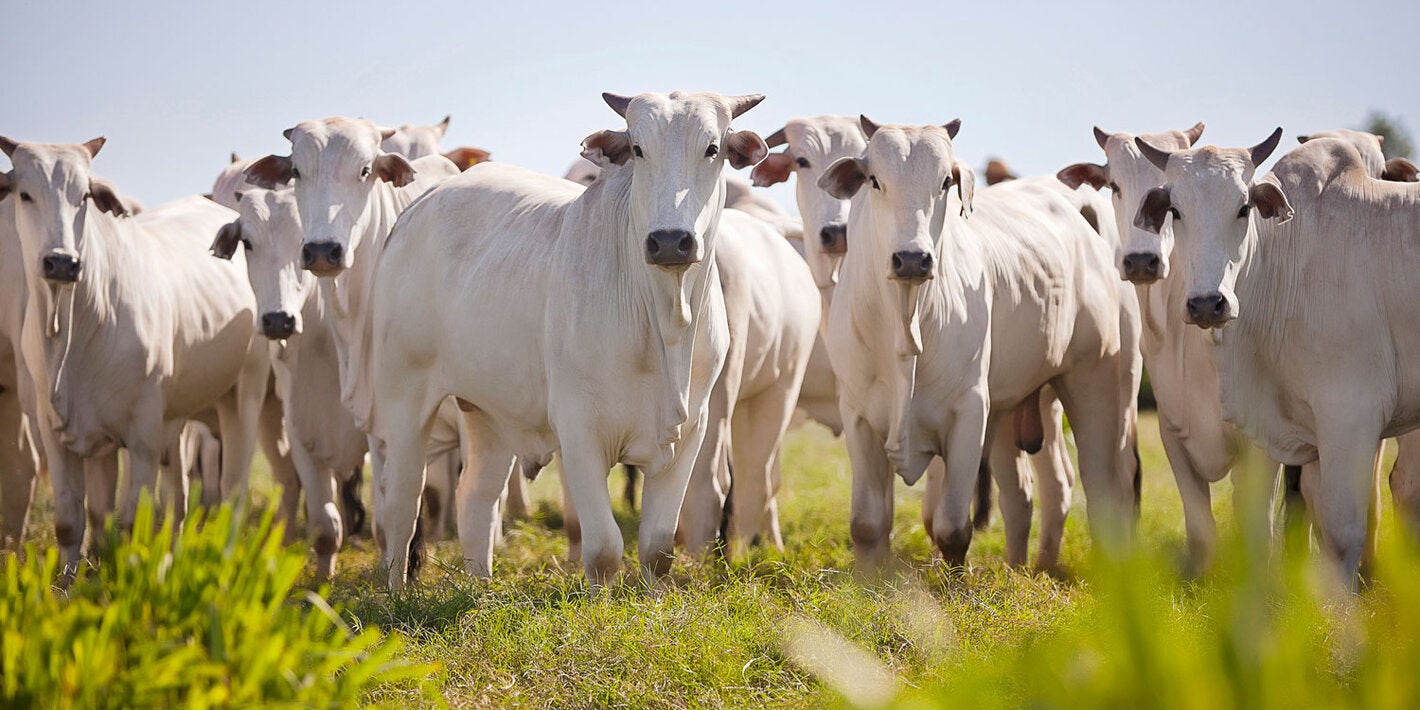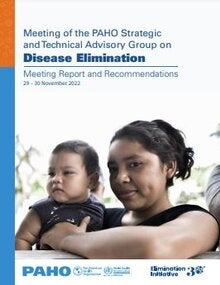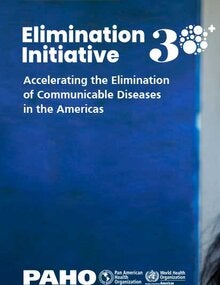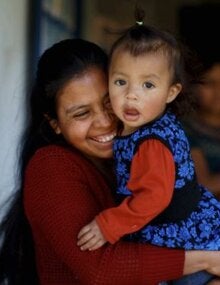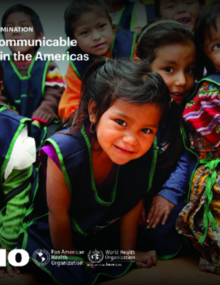Foot-and-mouth disease is a serious viral disease that affects livestock, including cattle, pigs and other cloven-hoofed ruminants. It is highly contagious and carries significant socio-economic consequences, with losses that can exceed 20 billion dollars annually in affected countries. If reintroduced into FMD-free countries it could cause losses of more than 8 billion dollars. In addition to its enormous economic impact, foot-and-mouth disease is associated with serious social problems, especially in the most vulnerable populations.
Countries affected by foot-and-mouth disease suffer severe economic losses due to the decrease in the production of meat and milk and the devaluation of animal products in the context of the international market, which imposes serious obstacles to their development. This amply justifies the efforts that the affected countries are making within the framework of the Hemispheric Plan for the Eradication of Foot-and-Mouth Disease towards the eradication of the disease.
Foot-and-mouth disease belongs to the so-called vesicular disease complex, which also includes vesicular stomatitis (VS), vesicular rash, and swine vesicular disease (SVD). In the affected species, these diseases commonly cause the formation of vesicles with whitish epithelium containing colorless or slightly bloody fluid, which are pathognomonic for these diseases. Due to the similarity of symptoms and clinical signs between the aforementioned diseases and other so-called confusable diseases, the diagnosis should always be based on specific diagnostic tests and a detailed epidemiological tracing study.
In 1951, the countries of the Organization of American States asked the Pan American Health Organization (PAHO) for support to combat foot-and-mouth disease on the continent. Since then, PANAFTOSA/SPV has been promoting permanent technical cooperation with the countries of the Americas, with the aim of developing and strengthening national and regional initiatives to eradicate, prevent and prepare for a possible reintroduction of the disease.



